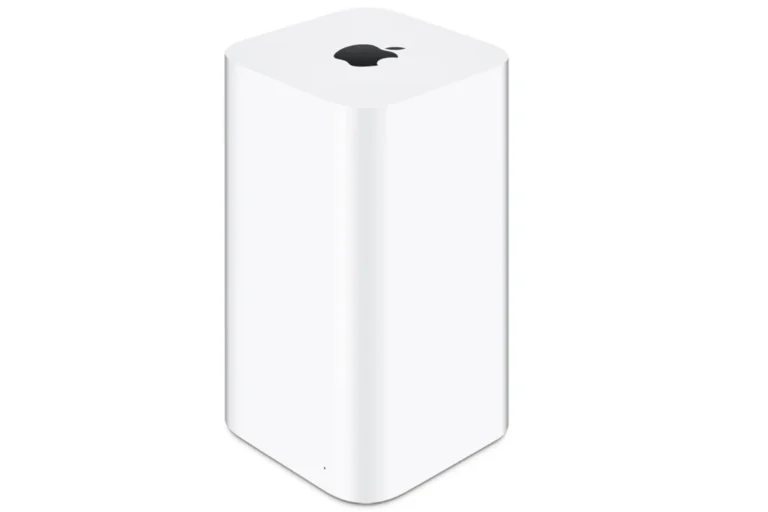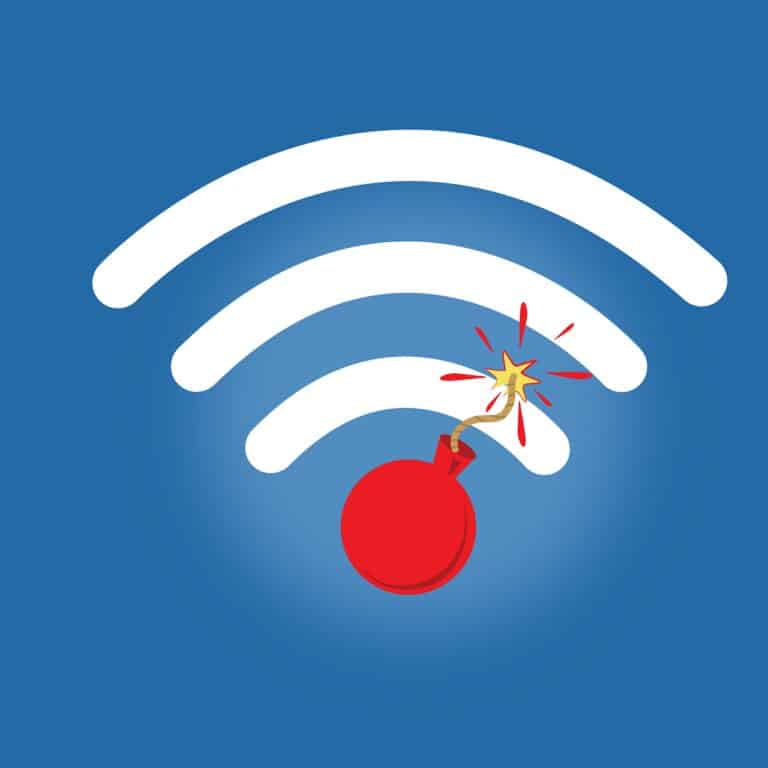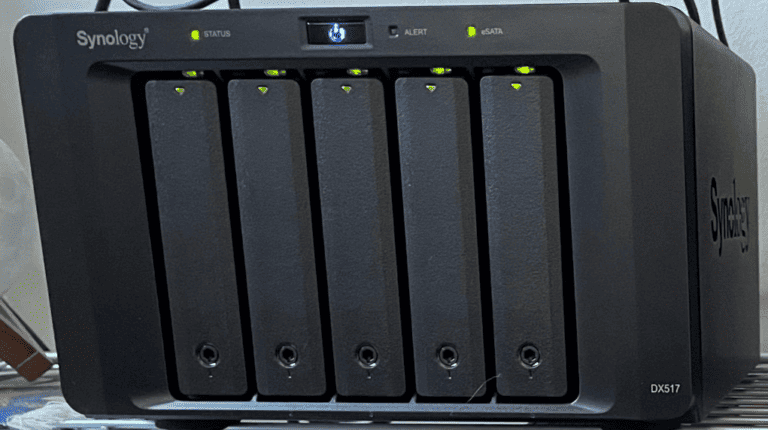Wi-Fi connectivity powers the growing network known as the Internet of Things (IoT). This vast network allows for the seamless interaction of devices over the internet. IoT includes a wide array of gadgets—from household items like smart thermostats to industrial tools—that collect and share data. Critical to this system is Wi-Fi, which offers the wireless infrastructure necessary for devices to connect and communicate.
As Wi-Fi technology advances, so does the functionality and effectiveness of IoT devices. These smart gadgets are becoming integral to various sectors, including agriculture, healthcare, and home security. They present new opportunities for innovation and efficiency by transmitting valuable data in real time. This shift towards interconnected technology will continue to influence how we interact with the world around us.
Wi-Fi: The Backbone of IoT
Wi-Fi has become the backbone of the ever-expanding Internet of Things (IoT). IoT devices are changing the way we live and work – they’re in our homes, our businesses, and even our bodies. Wi-Fi is the perfect way to connect these devices due to:
Ease of Setup
Wi-Fi networks are common in households and businesses, making it simple to connect new IoT devices. Most modern devices are designed for easy Wi-Fi setup with minimal configuration needed.
Cost-Effectiveness
Wi-Fi technology is relatively inexpensive to implement and maintain compared to other connectivity options. Many consumers already have Wi-Fi routers in their homes, making adding smart devices a cost-effective upgrade.
Wide Range of Devices
From smart speakers and thermostats to security cameras and fitness trackers – there’s a massive selection of IoT devices that are designed to work seamlessly with Wi-Fi.
Common Applications for Wi-Fi Connected IoT Devices
| Application | Example |
|---|---|
| Smart Home | Smart lights, smart thermostats, smart locks |
| Healthcare | Remote patient monitoring, wearable health trackers |
| Industrial Automation | Sensors for equipment monitoring, predictive maintenance |
| Retail | Inventory tracking, customer behavior analysis |
Considerations for Using Wi-Fi with IoT
Security
With lots of connected devices, Wi-Fi security is paramount. Adhere to these practices:
- Strong Passwords: Don’t use defaults! Create unique, complex passwords.
- Regular Updates: Keep your Wi-Fi router and devices up-to-date with the latest software patches.
- Encryption: Ensure your Wi-Fi network uses strong encryption, like WPA2 or WPA3.
Network Capacity
A surge in IoT devices can strain your Wi-Fi. To combat issues:
- Router Placement: Position it centrally for optimal coverage.
- Upgrade if Necessary: Choose a router that can support your growing number of devices.
Wi-Fi plays a pivotal role in the IoT revolution. Understanding its advantages and considerations will help you effectively leverage Wi-Fi for a smarter, more connected world.
Key Takeaways
- Wi-Fi is crucial for the seamless function of IoT devices.
- IoT applications span multiple industries, improving efficiency and data flow.
- Ongoing advancements in technology expand IoT’s potential uses.
Understanding Wi-Fi Connectivity in IoT
Wi-Fi plays a crucial role in the Internet of Things, enabling devices to connect effortlessly to the internet. This section explores the technical aspects of Wi-Fi connectivity in IoT environments.
Evolution of Wi-Fi Technology
The technology behind Wi-Fi has continuously advanced to meet IoT’s growing demands. Wi-Fi 6 and Wi-Fi 6E have emerged as significant standards, offering higher data rates and more efficient spectrum use. Achieving reliable connectivity, these protocols support the dense networks of IoT devices with improved bandwidth and reduced power consumption.
Security and Interoperability
Security concerns in IoT networks are addressed with protocols like WPA3, ensuring enhanced encryption and cyber protection. Interoperability remains a key factor, with standards such as Wi-Fi Certified, Wi-Fi Certified 6, and Wi-Fi Certified Halow ensuring devices work well together. The Wi-Fi Alliance plays a pivotal role in certifying devices for these standards.
Network Topologies and Protocols
IoT networks utilize various topologies like star, mesh, and others. Wi-Fi Certified EasyMesh enables the establishment of mesh networks, while Target Wake Time (TWT) optimizes power use. Different protocols, from RFID to Zigbee, are chosen based on range and power requirements.
Connectivity Challenges and Solutions
Challenges include range limitations and interference. Solutions like Wi-Fi HaLow offer extended range and penetration for challenging environments. Wi-Fi Certified QoS Management helps in managing bandwidth to maintain efficient and prioritized data flow.
Emerging Technologies and Trends
Developments like 5G and Matter promise to redefine IoT connectivity. These technologies aim for greater speed and reliability. The intersection of Wi-Fi, LoRa, and cellular networks expands use cases, from AR/VR applications to drones.
Integration with Smart Devices and Cities
Smart cities and homes leverage Wi-Fi for a seamless smart device experience. Wi-Fi location technologies enhance navigation and tracking, contributing to the efficiency of smart infrastructures in various environments.
Role in Different Industries
Wi-Fi connectivity is a linchpin across industries such as healthcare, manufacturing, and transportation. It enables real-time data transfer and monitoring, essential in Industrial IoT and smart agriculture. As IoT solution adoption grows, so does the need for reliable and secure Wi-Fi connectivity.
Impacts and Use Cases of IoT
The Internet of Things (IoT) is revolutionizing connectivity and technology. This section explores key implementation areas where IoT’s influence is significant.
Industry-Specific Implications
In agriculture, IoT solutions incorporate sensors to monitor soil moisture and nutrients, optimizing farm operations. These sensors send data to experts, improving decision-making for crop management. Manufacturing industries use IoT with robots to automate and refine production processes, enhancing efficiency.
Consumer IoT and Smart Homes
Smart homes employ IoT products for enhanced living comfort. Devices like thermostats adjust temperature based on user habits. Wearables and smartwatches sync with smartphones, allowing users to track their health metrics conveniently. Such connectivity enriches the user experience at home.
Enterprise IoT Applications
Enterprises leverage IoT for asset tracking and to streamline operations. Industrial IoT helps monitor machinery, while managers use data to improve processes. Real-time information keeps everyone from engineers to architects informed, driving business efficiency and strategic enhancements.
Challenges and Future Considerations
IoT confronts issues like security and interoperability. Reliable connectivity demands high bandwidth and long battery life. Future IoT advancements will tackle these challenges, focusing on connectivity technologies like NB-IoT and Near-Field Communication to establish pervasive connectivity across devices.
Frequently Asked Questions
In this section, we address some common inquiries regarding Wi-Fi connectivity and its integration with the Internet of Things (IoT).
How does an IoT device connect to the Internet?
An IoT device connects to the Internet primarily through Wi-Fi, which provides the wireless link between the device and the network. The device uses built-in Wi-Fi hardware to communicate with a wireless access point or router.
What are the benefits of integrating Wi-Fi with IoT technologies?
Wi-Fi offers a reliable and high-speed connection for IoT devices, enabling them to easily transfer data to and from the cloud. It also allows for seamless interoperability amongst numerous devices within the network.
What role does Wi-Fi 6 play in the Internet of Things?
Wi-Fi 6 enhances IoT capabilities by offering faster data rates, increased capacity, and improved performance in environments with many connected devices. This result in more efficient and responsive IoT ecosystems.
Can IoT devices operate without Wi-Fi connectivity?
Yes, some IoT devices can use alternative methods like cellular, Bluetooth, or Zigbee to connect to the Internet or other devices. However, these alternatives come with their own sets of limitations compared to Wi-Fi.
What security challenges arise when connecting IoT devices to Wi-Fi?
Connecting to Wi-Fi exposes IoT devices to potential security risks like unauthorized access and data interception. Ensuring strong, updated security protocols in place is crucial to safeguard the network.
How do IoT Wi-Fi routers differ from standard Wi-Fi routers?
IoT Wi-Fi routers are often built to handle a larger number of connections simultaneously and may come with additional security features tailored for IoT applications to protect the network and devices connected to it.







